Menu
Trees are majestic entities that provide many ecological benefits, adding beauty and vitality to our surroundings. Besides their magnificent presence, there’s an underlying problem: hazardous limbs. These precarious branches pose property and personal safety risks, especially during storms or high winds. Driscoll Tree Service is a professional tree care company that can help you recognize and address hazardous limbs. Let’s explore hazard limbs and how to identify and deal with them effectively.
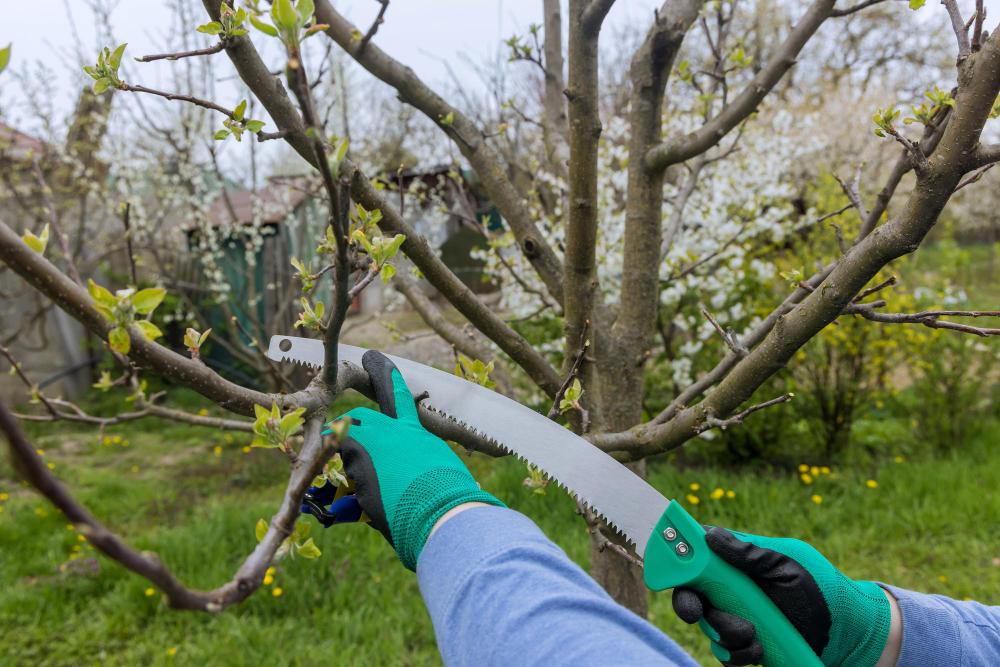
Homeowners need to understand hazardous limbs for effective tree management and risk mitigation. These risky branches often show signs of weakness, decay, or structural instability, posing significant property and personal safety hazards. Call a trusted tree service immediately if you notice deadwood, cracks, weak attachments, decay, and unusual leaning.
Certified arborists leverage extensive expertise to ensure early identification of potential risks and effective mitigation strategies. Property owners can also proactively address hazardous limbs before they escalate into dangerous situations. Engaging tree service experts for thorough assessments ensures accurate identification and proper action, protecting the integrity and safety of trees and their surroundings.
Once you detect hazardous limbs, ignoring the problem may cause further damage and premature tree removal projects. It is advisable to address the problem quickly to mitigate risks. Here’s how to deal with hazard limbs effectively.
As mentioned, time is of the essence when dealing with hazardous limbs. Engage certified arborists to conduct thorough assessments. These professionals have the expertise to ensure the accurate identification of hazardous limbs and recommend effective solutions like tree trimming.
Another effective way to deal with hazardous trees is through targeted tree pruning of dangerous limbs. This is often the most effective solution and should be handled by a reputable tree care company. This involves removing dead, diseased, or structurally compromised branches to reduce risk. Proper tree pruning techniques, such as making clean cuts outside the branch collar, promote healing and minimize damage.
Where tree trimming is not practical, arborists can recommend bracing and cabling to provide structural support to weak limbs. This technique involves installing cables or braces to redistribute stress and strengthen branch attachments, enhancing overall stability.

Tree removal may be necessary when hazardous limbs pose severe risks or cannot be salvaged through pruning or bracing. Professional tree service providers ensure safe and efficient removal, minimizing hazards to property and bystanders.
Implement a routine inspection schedule to monitor tree health and identify potential hazards early. Regular inspections enable proactive maintenance and timely intervention, reducing the likelihood of hazardous limb incidents.
Last, preventive measures should be adopted to promote tree health and resilience. This can include proper watering, mulching, and fertilization, which fosters vigorous growth and strengthens branch structure, minimizing the occurrence of hazardous limbs.
Hazardous limbs in trees pose significant risks to property and personal safety, but with vigilant identification and proper action, these risks can be mitigated. By understanding common indicators of hazardous limbs and enlisting professional expertise for assessments and maintenance, you can ensure the safety and longevity of your trees. Contact us at Driscoll Tree Service and schedule a consultation with our experts to preserve the beauty and benefits trees provide to the environment.
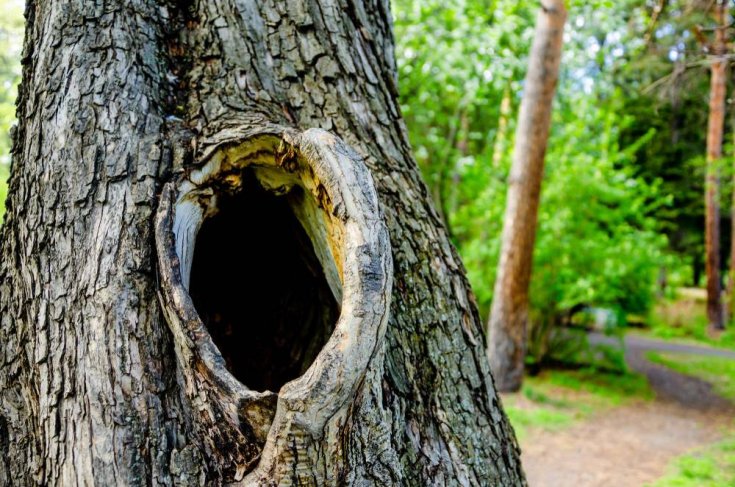
Are Holes in Trees Dangerous? Trees are magnificent entities that play a vital role in our environment. Despite the many benefits, from offering shade beauty to oxygen, many trees develop holes, causing concerns about their health and safety. If you…
Read More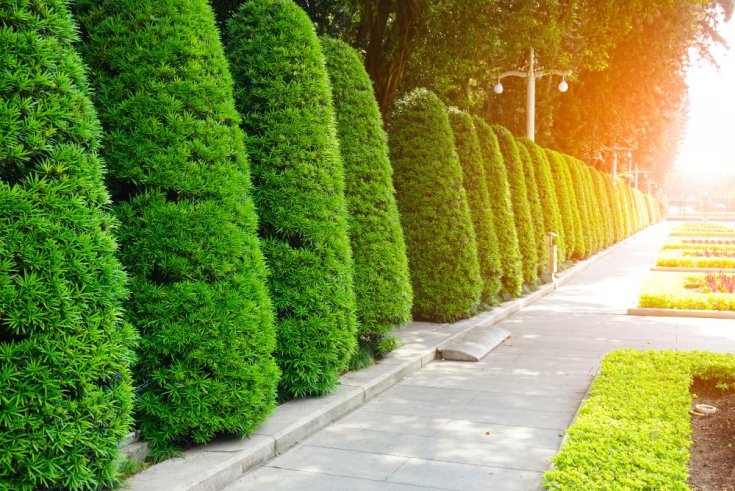
The Best Landscaping Services for Residential and Commercial Properties Landscaping enhances residential and commercial properties’ aesthetic appeal, functionality, and overall value. When most people think of landscaping, images of lush green lawns and vibrant gardens come to mind. However, landscaping…
Read More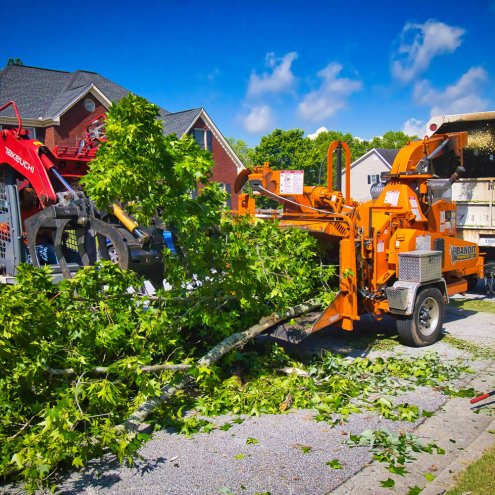
The Life Cycle of a Tree Trees grow over 30 feet tall, with canopies that expand over half their height. However, trees start as tiny seeds and require routine care to enhance growth. If you have a tree planting project…
Read More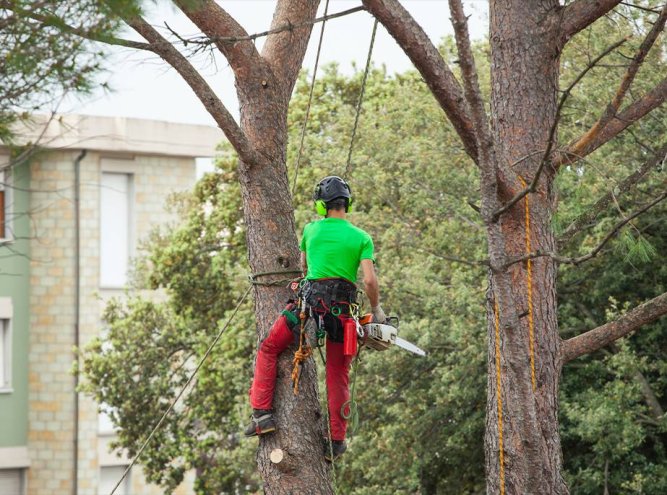
Seasonal Tree Care Tips: Summer Edition As summer kicks into full gear, trees in your yard require special attention to stay healthy and vibrant. As a trusted tree care company, Driscoll Tree Service provides routine inspections and maintenance to protect…
Read More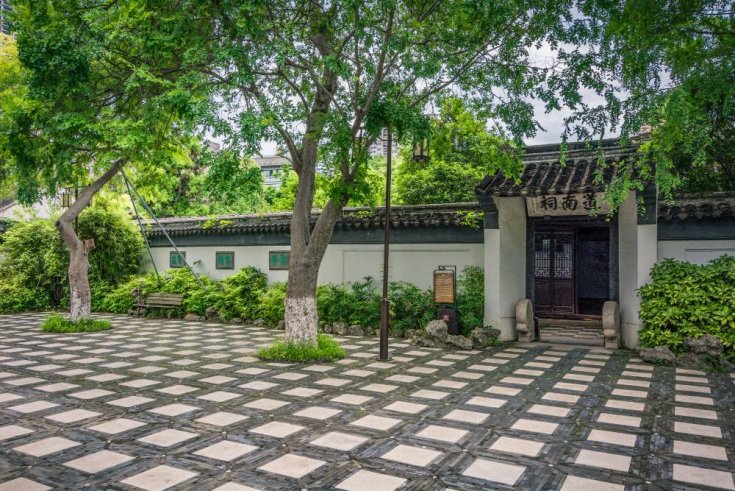
It’s one of the most classic homeowner dilemmas: you plant a tree, watch it grow tall and proud for decades until, one day, you notice the driveway starting to buckle. Cracks appear and spread; the once-smooth concrete begins to lift…
Read More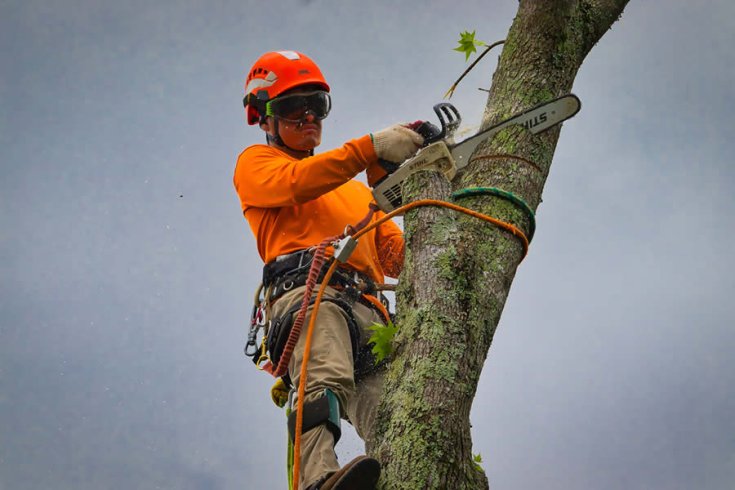
Factors to Consider When Choosing a Tree Service Company Maintaining the health and aesthetics of your trees is crucial for the safety and beauty of your property. Whether it’s pruning, trimming, or tree removal, choosing the exemplary tree service can…
Read More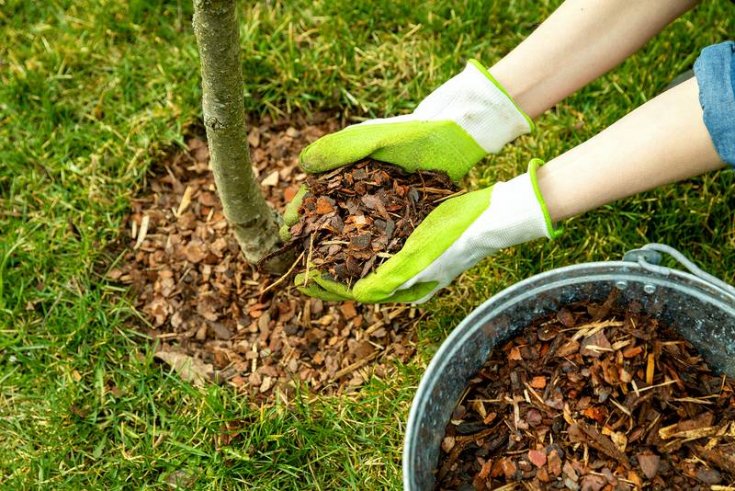
Mulch Myths and Truths As we head towards cooler months, it is critical to maintaining a healthy yard. One of the essential tree care practices before winter is adding a layer of mulch around your trees. You can use many…
Read More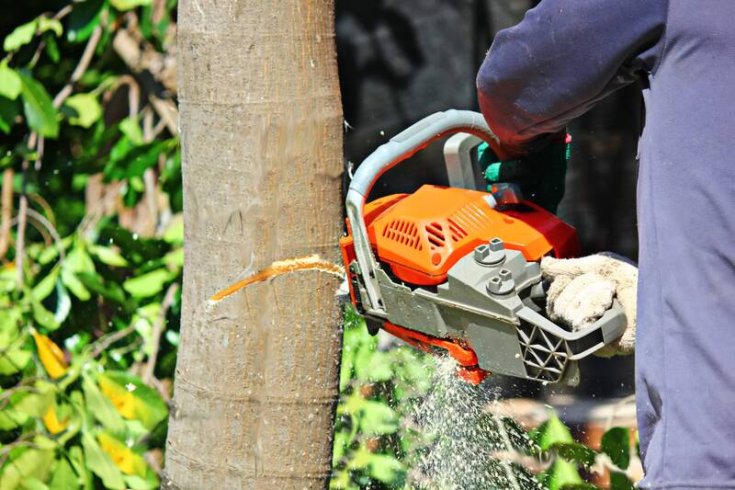
Debunking Common Myths About Tree Removal Trees are magnificent entities that provide many advantages. However, different circumstances like disease, infestation, landscaping needs, or severe damage may prompt tree removal services. While healthy greenery is an asset for property owners, when…
Read More
Tips to Avoid a Tree Service Scam Tree care and maintenance are essential parts of responsible homeownership, but finding a reputable tree service provider can be a daunting task. With all the companies out there, it is easy for unsuspecting…
Read More
Top Signs You Need an Arborist to Inspect Your Trees Most of us love the trees on our property because they offer shade, beauty, privacy, and even fruit in some cases! Despite our appreciation, how well do we really understand…
Read More